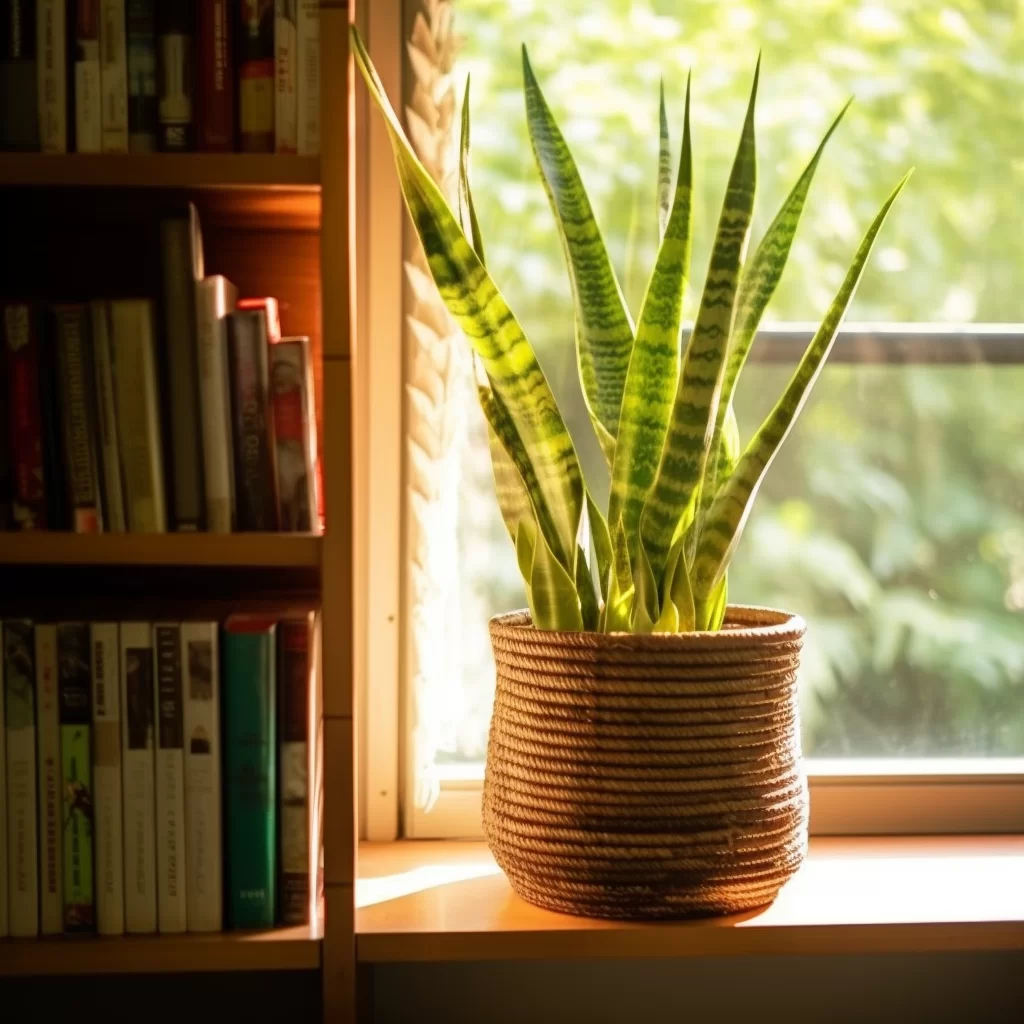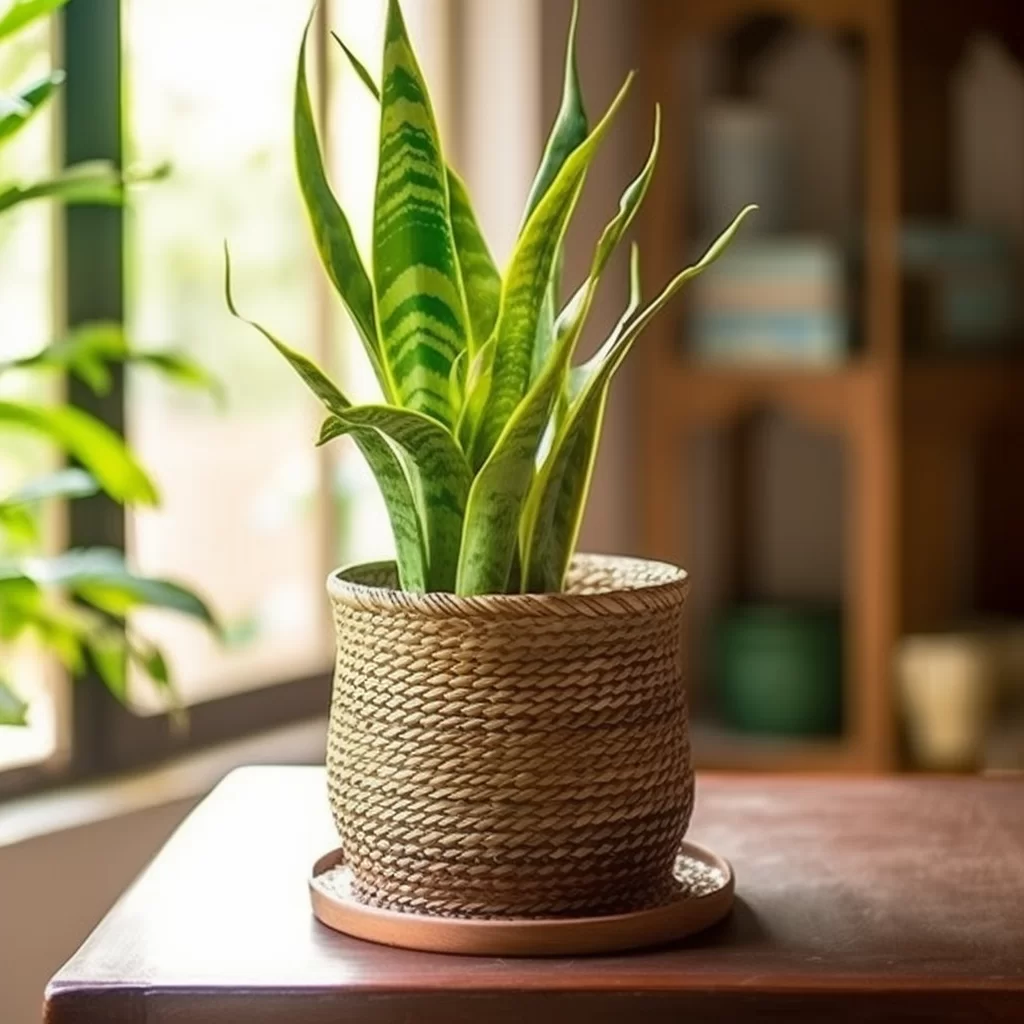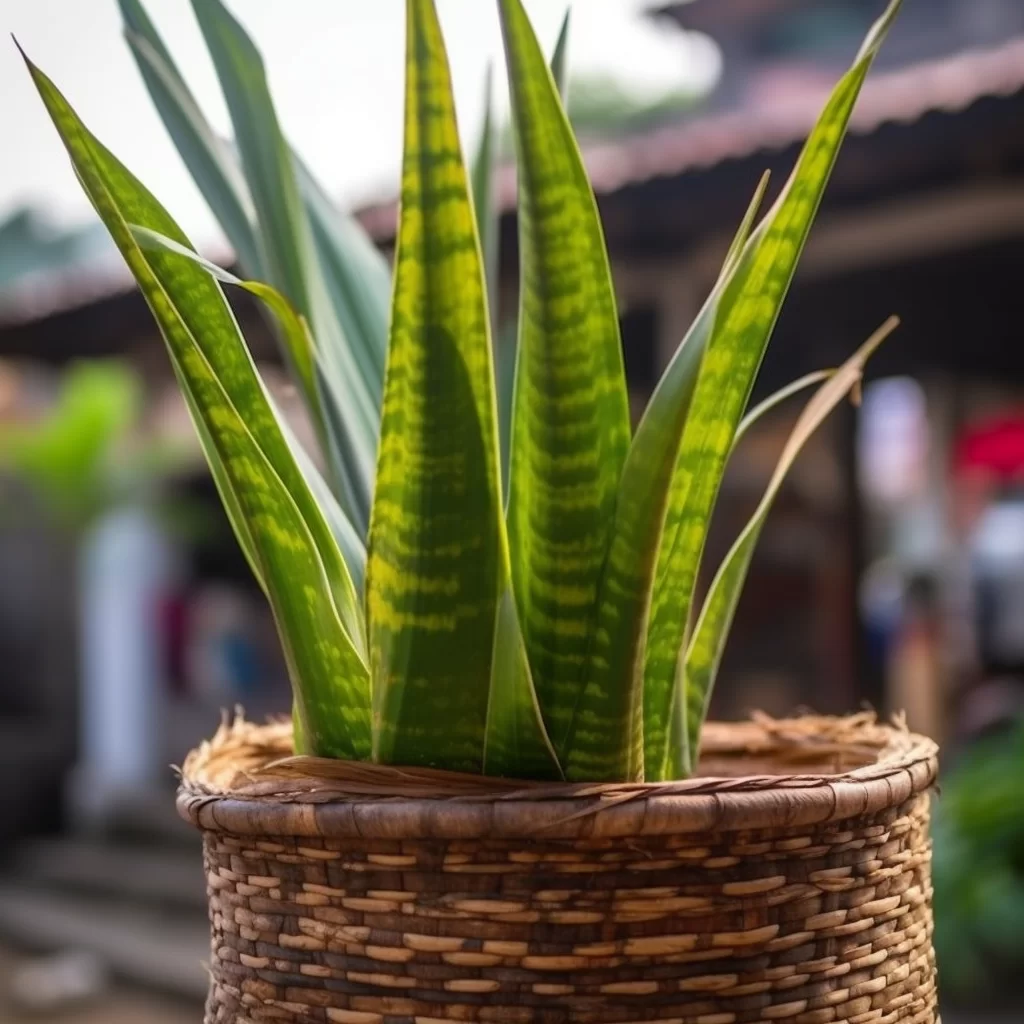Story of Day :
Contents
A Funny and Informative Guide to Robusta Snake Plant: Care Tips and More
Are you tired of plants that can’t survive your hectic lifestyle? Do you want a plant that will thrive even if you forget to water it for days on end? Then the robusta snake plant might just be the perfect addition to your garden.
This hardy plant is also known as Sansevieria, Mother-in-Law’s Tongue, or viper’s bowstring hemp (for reasons we won’t go into).
Robusta Snake Plant Facts
- The robusta snake plant is native to West Africa but has become popular worldwide due to its easy care.
- The leaves are long and upright, with a green-yellow striped pattern.
- The plant can grow up to 4 feet tall in ideal conditions but usually stays around 2-3 feet indoors.
- It is an air-purifying plant, removing toxins such as benzene, formaldehyde, trichloroethylene and xylene from the air.
It does this by converting these toxins into oxygen during photosynthesis.
Caring for Your Robusta Snake Plant
If you’re new to gardening or have never owned a houseplant before, don’t worry.
The robusta snake plant is one of the easiest plants out there when it comes to care tips:

Lighting Needs
This tough little guy can tolerate low light levels and even fluorescent lighting.
However, it prefers bright indirect sunlight if possible.
Watering Requirements
The most common cause of death for houseplants is overwatering.
But not with this guy! Water only when the soil feels completely dry (usually every two weeks).
Make sure to let the water drain from the pot after watering, as standing water in the pot can lead to root rot.
Fertilizer
Robusta snake plants are not heavy feeders and can go without fertilizer for long periods of time.
However, if you want your plant to look its best, you can fertilize it once every three months with a balanced houseplant fertilizer.
Temperature and Humidity
The robusta snake plant is not picky when it comes to temperature and humidity.
It can handle a wide range of temperatures from 50-85°F (10-30°C) and does well in low humidity environments as well.

Propagation
- You can propagate your robusta snake plant by dividing its rhizome roots or by leaf cuttings.
Rhizomes are underground stems that produce new shoots, while leaf cuttings will grow into new plants if placed in soil or water.
- If propagating through division, make sure each section has at least one healthy rhizome root attached before planting it separately in fresh soil.
- If propagating through leaf cuttings, let them dry out for a few days before planting them shallowly into moist soil.
Water sparingly until new growth emerges (usually within two weeks).
Pests and Diseases
The robusta snake plant is generally pest-free but may occasionally attract mealybugs or spider mites.
These pests can be removed with insecticidal soap or neem oil spray.
Root rot is also a potential issue if overwatered or planted in poor draining soil.
A Final Word on Robusta Snake Plant Care Tips

No matter what your level of gardening experience is, the robusta snake plant makes for a great addition to any garden or home.
This hardy plant can handle neglect and low light levels while also purifying the air around it.
Now that you know how to care for your robusta snake plant, go ahead and add one (or two) to your collection!